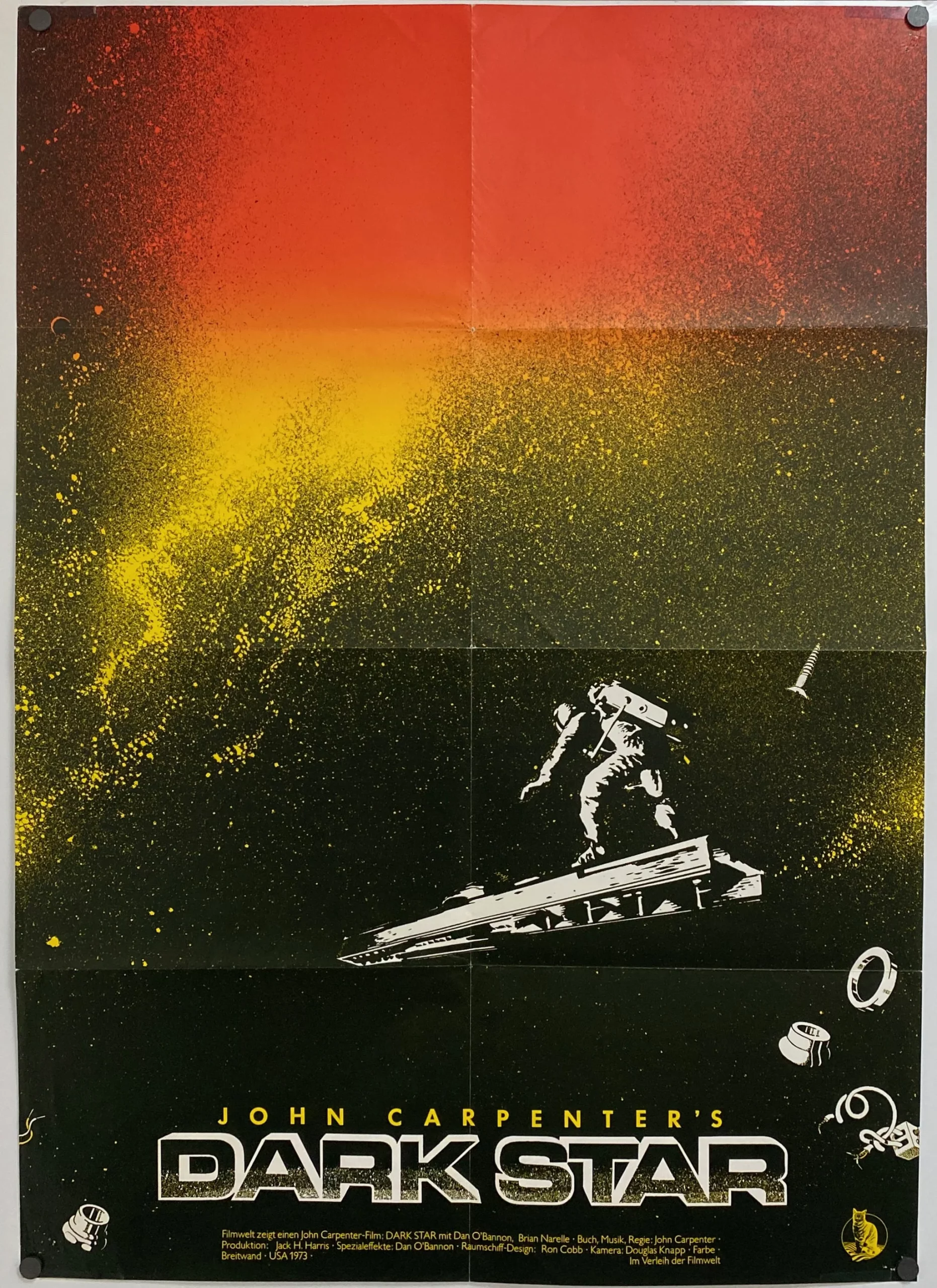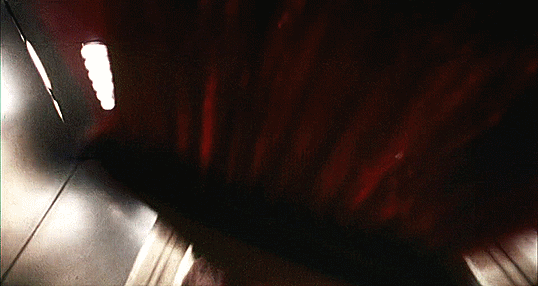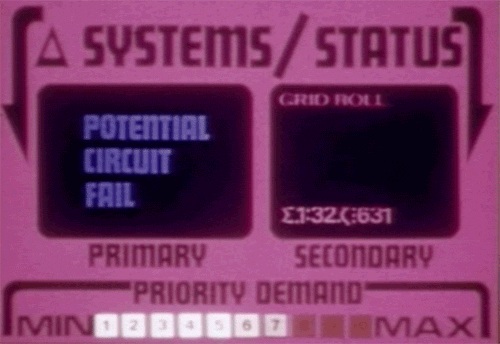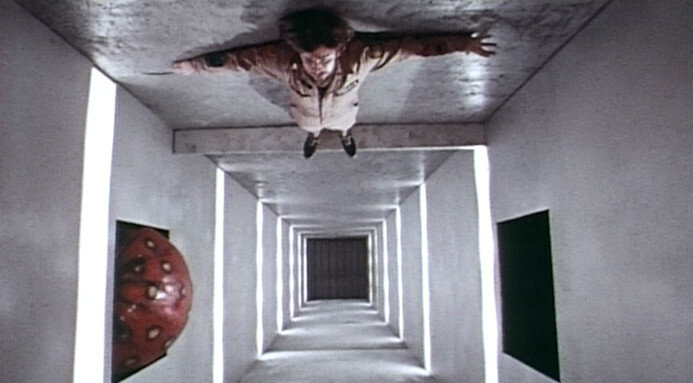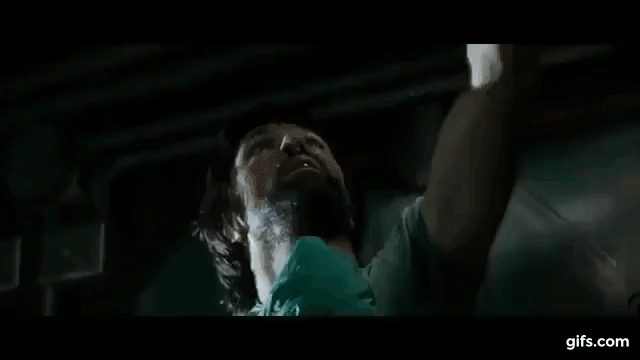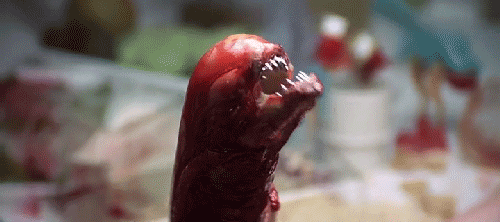FIRST TIME AS COMEDY (10)
By:
June 3, 2024
Some years ago, HILOBROW friend Greg Rowland pointed out that the 1990 movie Dances With Wolves ought to be regarded as a sentimental remake of the 1970 revisionist Western Little Big Man. The series FIRST TIME AS COMEDY will offer additional examples of this recursive (and often, though not always middlebrow) syndrome.
FIRST TIME AS COMEDY: SUPERDUPERMAN vs. WATCHMEN | WILD IN THE STREETS vs. PREZ | EMIL AND THE DETECTIVES vs. M | THE SAVAGE GENTLEMAN vs. DOC SAVAGE | GULLIVAR JONES vs. JOHN CARTER | THE PHONOGRAPHIC APARTMENT vs. HAL | HIGH RISE vs. OATH OF FEALTY | JOHNNY FEDORA vs. JAMES BOND | MA PARKER vs. MA BARKER | DARK STAR vs. ALIEN | SHOCK TREATMENT vs. THE TRUMAN SHOW | JOHNNY BRAVO vs. ROCK STAR | THE FUTUROLOGICAL CONGRESS vs. THE MATRIX | CAVEMAN vs. SASQUATCH SUNSET | LITTLE BIG MAN vs. DANCES WITH WOLVES | THE LAST BLACK MAN IN SAN FRANCISCO vs. BE KIND REWIND | LEN DEIGHTON vs. LEN DEIGHTON.
While earning a bachelor’s degree in Film at USC, Dan O’Bannon collaborated with fellow student John Carpenter on writing and filming a student movie (1970–1972), which they then expanded into the feature-length sf comedy Dark Star (1974; it received a limited theatrical release in 1975). Carpenter was credited as its director.
Twenty years into their mission (destroying unstable planets that might threaten future colonization of other planets), the crew of the deteriorating starship Dark Star is bored and slightly crazed — not your typical sci-fi movie setting. Carpenter later cheekily described the movie as “Waiting for Godot in space.”
Hit by electromagnetic energy during a space storm, one of their semi-sentient “thermostellar” bombs begins to deploy… until the ship’s computer coaxes it back into the bomb bay. Next time, the bomb warns, it won’t be coaxed. Unfortunately, Sergeant Pinback (played by O’Bannon) has adopted a ship’s mascot in the form of a mischievous beach-ball-with-claws alien… which sneaks around the ship, playing pranks… and in doing so accidentally re-activates the recalcitrant bomb’s circuits!
There’s more to enjoy here — including the humorous efforts of Lieutenant Doolittle, a former surfer from Malibu, to engage the bomb in philosophical conversation. But back to O’Bannon — who served as the movie’s editor, production designer, and visual effects supervisor. O’Bannon had an intuitive genius for special effects. To depict the transit of the Dark Star into hyperspace, for example, he tracked the camera while leaving the shutter open — thus causing the stars in the background to turn into streaks of light while the ship appears to be motionless. The same effect was later employed in Star Wars — a movie, written and directed by a fellow USC alum, on which O’Bannon worked.
O’Bannon was retained to supervise special effects for an Alejandro Jodorowsky production of Frank Herbert’s Dune, which unfortunately never saw the light of the day. This collaboration did introduce O’Bannon to the French cartoonist Moebius, however; they’d collaborate on “The Long Tomorrow,” an extraordinary sci-fi comics short story serialized in Metal Hurlant in 1976. The comic’s visual design would influence the design of Blade Runner, Tron, and Alien. William Gibson has noted the story’s visual influence on his pioneering cyberpunk novel Neuromancer, too. It also introduced O’Bannon to the sci-fi artwork of Chris Foss and H.R. Giger.
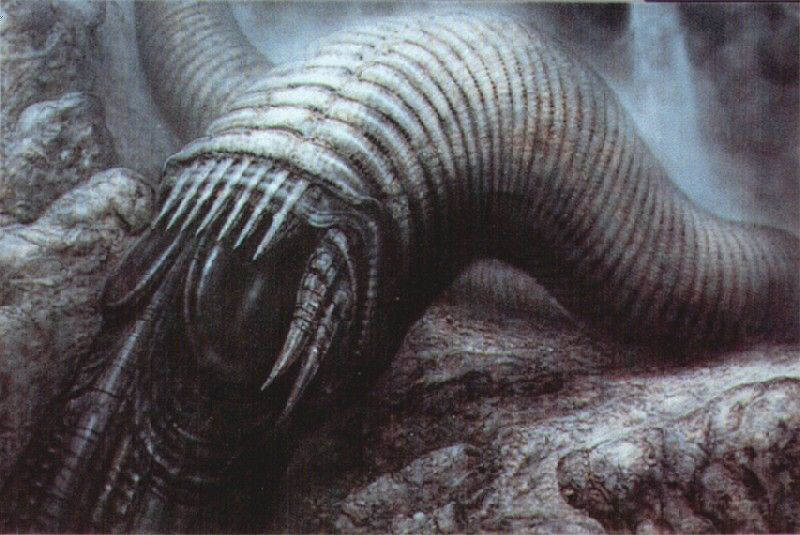
The collapse of Dune left O’Bannon broke and couch-surfing with friends. Other than creating some animations for Star Wars, he didn’t accomplish much of anything at all. Until he got the idea for a horror movie set in outer space. He and his friend Ronald Shusett, who’d optioned Philip K. Dick’s story “We Can Remember It for You Wholesale,” and was working on an early version of what would become Total Recall, decided to collaborate on both movie scripts. They decided to start with O’Bannon’s film, since they believed it would be less costly to produce. “I knew I wanted to do a scary movie on a spaceship with a small number of astronauts”, O’Bannon later recalled, “Dark Star as a horror movie instead of a comedy.”
One hears that O’Bannon was impressed by the fact that during one particular Dark Star scene — involving the alien, Pinback, and elevator shaft — instead of laughing, as intended, they were frightened.
The crew of the Nostromo, in O’Bannon’s 1979 movie, is bored with their lengthy mission. (“These are not adventurers but workers, hired by a company to return 20 million tons of ore to Earth,” Roger Ebert noted approvingly.) After coming across a mysterious derelict spaceship on an uncharted planetoid, however, they discover that an aggressive, lethal extraterrestrial is loose within their vessel. It, too, enjoys playing hide-and-seek. But this time, the alien hitchhiker is not a cute beach ball….
The blue-collar spacemen, the spaceship’s lived-in aesthetic, the confrontation with technology and fear of that which is alien — it’s all there already, in Dark Star.
The movie was a box-office success, and won the Academy Award for Best Visual Effects. The Alien and its artifacts were designed by H.R. Giger; Chris Foss was one of the concept artists who designed the more human settings. Moebius was attached to the project briefly, as well, his costume renderings served as the basis for the final space suits.
The success of Alien spawned a media franchise of films, books, video games, and toys, and propelled star Sigourney Weaver’s career. Sequels include: Aliens (1986), Alien 3 (1992), and Alien Resurrection (1997). A crossover with the Predator franchise produced the Alien vs. Predator films, while a two-film prequel series was directed by Scott before the upcoming interquel Alien: Romulus (2024).
One of the greatest and most influential sci-fi and horror films of all time, Alien (directed by Ridley Scott) is a prime example of the powerful result one can achieve by transmuting comedy into tragedy. Which tells us something about both modes.
PS: In 1981, O’Bannon helped create the animated feature Heavy Metal. In 1985, he directed The Return of the Living Dead. Described by the New York Times as a “mordant punk comedy,” this movie introduced the notion of zombies eating specifically brains, as opposed to eating any form of human flesh; and zombies being invulnerable to a gunshot to the head. In 1990, O’Bannon and Shusett teamed up as writers on Total Recall (directed by Paul Verhoeven); it’s been called one of the greatest sci-films ever made. I need to read his 2013 book Dan O’Bannon’s Guide to Screenplay Structure, it sounds very entertaining and useful.
MORE FURSHLUGGINER THEORIES BY JOSH GLENN: SCHEMATIZING | IN CAHOOTS | JOSH’S MIDJOURNEY | POPSZTÁR SAMIZDAT | VIRUS VIGILANTE | TAKING THE MICKEY | WE ARE IRON MAN | AND WE LIVED BENEATH THE WAVES | IS IT A CHAMBER POT? | I’D LIKE TO FORCE THE WORLD TO SING | THE ARGONAUT FOLLY | THE PERFECT FLANEUR | THE TWENTIETH DAY OF JANUARY | THE REAL THING | THE YHWH VIRUS | THE SWEETEST HANGOVER | THE ORIGINAL STOOGE | BACK TO UTOPIA | FAKE AUTHENTICITY | CAMP, KITSCH & CHEESE | THE UNCLE HYPOTHESIS | MEET THE SEMIONAUTS | THE ABDUCTIVE METHOD | ORIGIN OF THE POGO | THE BLACK IRON PRISON | BLUE KRISHMA | BIG MAL LIVES | SCHMOOZITSU | YOU DOWN WITH VCP? | CALVIN PEEING MEME | DANIEL CLOWES: AGAINST GROOVY | DEBATING IN A VACUUM | PLUPERFECT PDA | SHOCKING BLOCKING.

